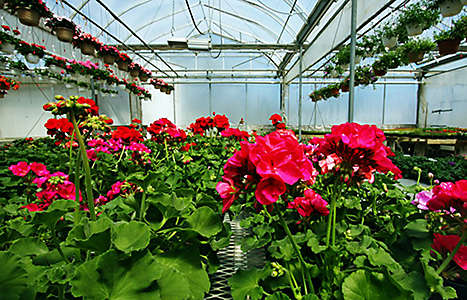Step 5
Choose the right treatment
Consider Biological Controls: The use of living organisms such as predators, wasps, nematodes or bacteria to control pests, is an essential tool in an IPM program. Combined with scouting, sanitation, record keeping and conventional pesticides, biocontrols can keep overall pest levels down. Some biocontrol organisms feed on a variety of plant pests, but others may be quite specific to an insect or pathogen.
Conventional Pesticides: Using chemical pesticides in an IPM program is recommended for the most severe infestations. When used in conjunction with beneficial insects, it must be done carefully though. We highly recommend you consult an expert who understands the effects of each chemical on the beneficial population. Know what pesticides you can use with beneficial insects. For example, contact pesticides with a low residual work best with beneficial. If necessary during an infestation, broad-spectrum chemicals can be used, but re-introduction of the beneficiaries may be required. Softer, more targeted chemistries are making it easier to work both conventional pesticides and biocontrols into the same program. When building your plan, try to anticipate what problems you may have, and know what backup pesticides you can use. Sometimes fungicides can also affect certain beneficial insects.






